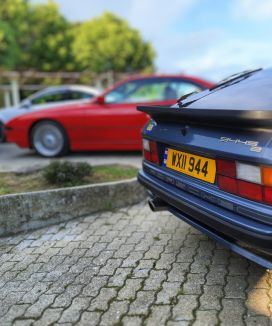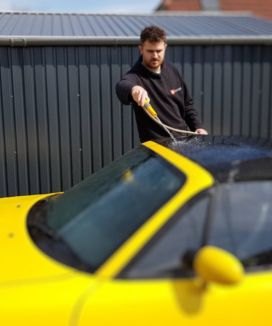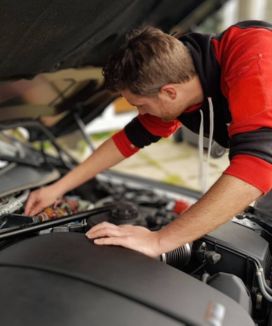The Safest Classic Cars
Table of Contents
There’s no doubt that classic cars are far less safe than their modern counterparts. In fact, it’s not even close to being a contest.
Car safety has moved on so much over the last three decades that much of the technology now installed in modern cars would have seemed totally alien to car manufacturers 30 years ago.
For some classic car enthusiasts, road safety can be a big concern. So are there any old cars that are safe? When compared to today’s cars, not really.
But some manufacturers were prioritizing road safety even before the days of mandatory seat belts and airbags, even though the technology we take for granted today wasn’t available.
So there are some classics that can be considered safer than their rivals of the time, and as a result we’ve put together a list of the safest classic cars.
Mercedes W124
The W124 was a great car for many reasons when it was released in 1984. It’s known for its reliability, but Mercedes-Benz also stepped up their game when it came to driver and passenger safety.
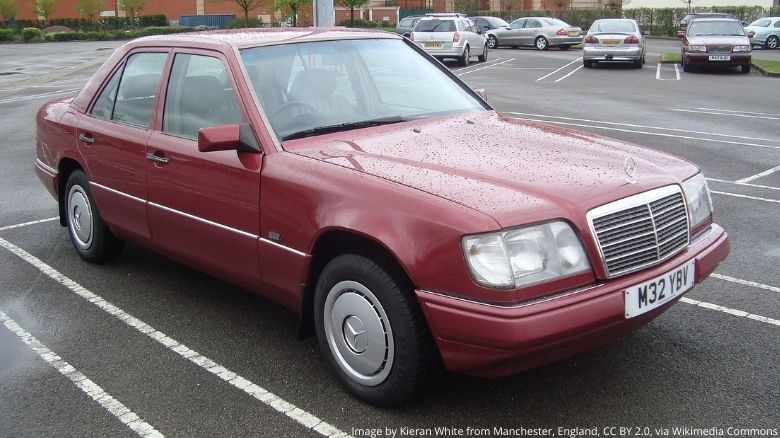
In an offset crash at 35 MPH, occupants would be unlikely to get seriously injured and the cabin would remain relatively intact. An impressive feat in the mid 80s, and one that would rival the safety of many cars well into the 90s and even the 2000s.
It came with a driver airbag (although this was optional in Europe), and a passenger airbag was made available in models from 1989 onwards.
Saab 900
Saab was a company that heavily invested in the safety of its vehicles, and was focused on reducing road casualties in its vehicles even in the days before the market was really tuned in to the dangers cars could present.
When the 900 first rolled off the production line in 1978, it had already been put through rigorous crash safety tests devised by the Swedish manufacturer.
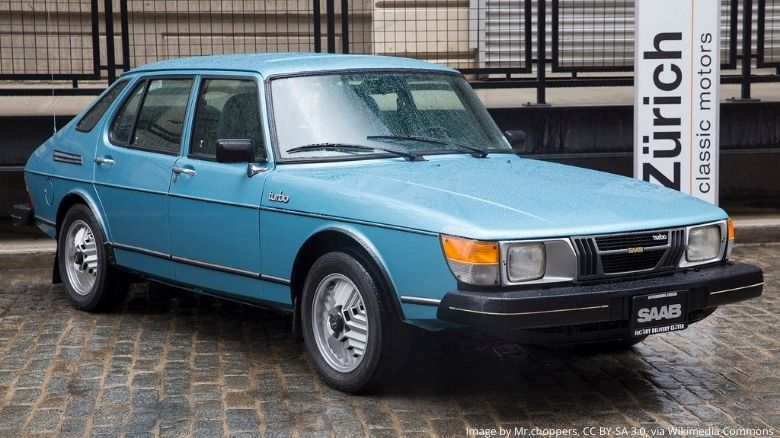
It performed significantly better than its rivals during rollover incidents, and was famously tested being dropped on its roof from a height of 8 feet by the Top Gear team.
The cabin remained intact enough that occupants would have been able to open the doors and escape.
The 900, and especially the 900 Turbo, remain popular classics today in part thanks to their great build quality.
Cadillac Seville
The second generation Seville was launched in 1980 and it was one of the most advanced cars in the US at the time, as well as being General Motors’ most expensive.
Along with its dramatic styling and modern technology, it also became the safest car you could buy in the USA that year. It was crash tested by the NHTSA (National Highway Traffic Safety Association), a new phenomenon at the time, and beat its competitors hands down.
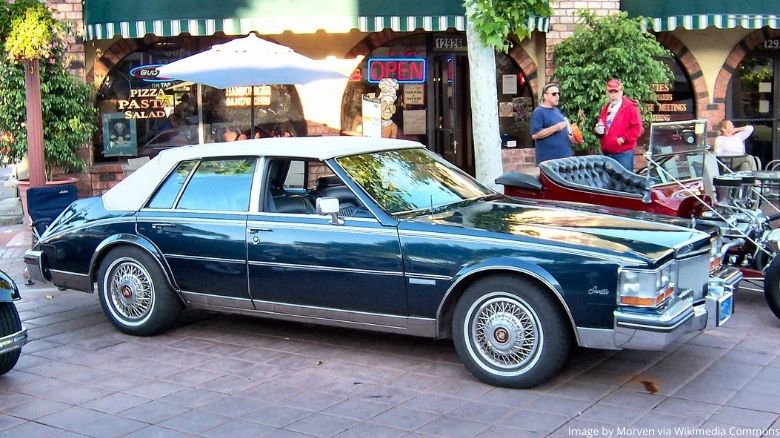
The results of the crash test showed that although occupants would likely pick up some injuries in a front-on 35 MPH crash, enough survival space was maintained for people to avoid serious injury.
It wasn’t all plain sailing though, as doors became deformed and difficult to open, and there was potential for the driver’s head to strike the dashboard. These are two key measures that car safety tests look out for in today’s crash tests.
BMW E34 5 Series
Safety was starting to become an important topic amongst the German executive automakers in the 1980s, and BMW’s latest 5 Series was one that the Bavarian-based company could be proud of.
In the days before crumple zones and side-impact airbags, it was even more important that collision prevention technology was utilized to its maximum potential. The E34 came with anti-lock brakes, and for the first time in a 5 Series, traction control and stability control.
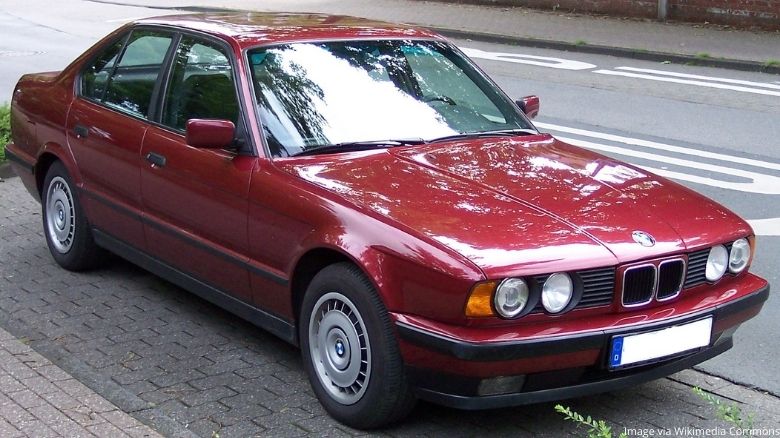
Technologically it was a vast improvement on the E28 that came before it, and a driver airbag was also introduced in the 1988 model.
Overall the E34 was well constructed, strong and rigid, which helped it become one of the safest executive saloons of the 80s.
Volvo 240
The Volvo 240 did something that not many cars manage; stayed in production for nearly 20 years. It was released in 1974, and production concluded in 1993.
Two years prior to its launch, Volvo unveiled an “Experimental Safety Car” at the Geneva Motor Show, which included some of the most advanced safety solutions ever seen in the market.
The 240 included much of this technology, and was the first step towards Volvo becoming a world-leader in automotive safety.
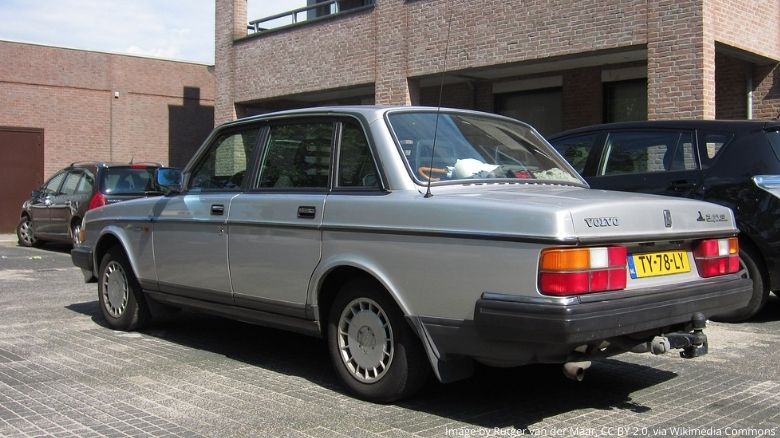
By the early 1990s the 240 Estate had been named the “safest car in America” by the IIHS (Insurance Institute for Highway Safety) thanks to its exceptional passenger safety record, and throughout its 19 year production run the car’s safety features were continually updated in line with the latest crash technology.
Audi 80
The Audi 80 has a history dating back to the 1960s, but by the time we reached the late 1980s the German manufacturer had come up with a revolutionary safety system. The B3 80 was the first in the lineage to receive the ‘Procon-Ten’ upgrade.
As one of the most common injuries during a crash was the driver’s head striking the steering wheel, Audi’s Procon-Ten system retracted the steering wheel out of harm’s way in the event of a head-on collision.
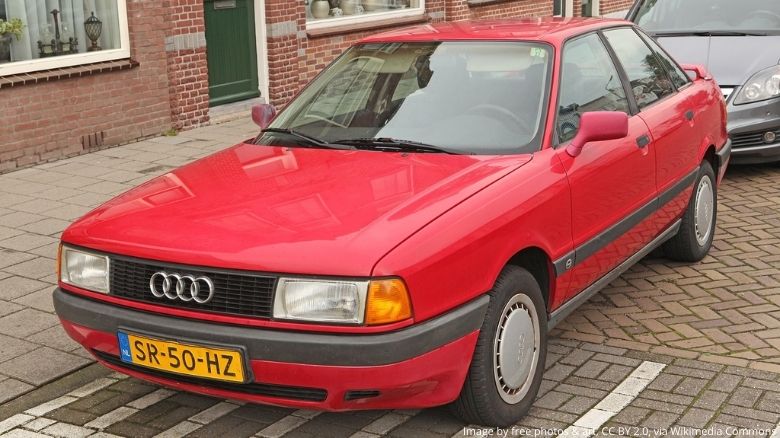
Whilst some other manufacturers were starting to fit airbags to their cars as standard, Audi’s system utilized cables connected to the steering wheel and seatbelt mounts. They instantly pulled the wheel towards the dashboard and tightened the driver and passenger belts when the front of the car buckled under the impact of the crash.
Along with a handful of other Audi models, it became standard on the 80 in the early 1990s and saved many lives in the process.
Whilst it was an ingenious system with proven results, it ended up being short-lived. In 1994 Audi finally surrendered to airbag technology as Procon-Ten proved to be heavier and be slightly less reliable overall.
Buick Riviera
In the days before airbags and crumple zones were commonplace, strong American cars had a reputation for being safer than their smaller and lighter European and Asian counterparts.
Whilst today we know that bigger doesn’t necessarily mean safer, when it came to crash testing in the late 70s and early 80s, those opinions on big American cars seemed to ring true for many.
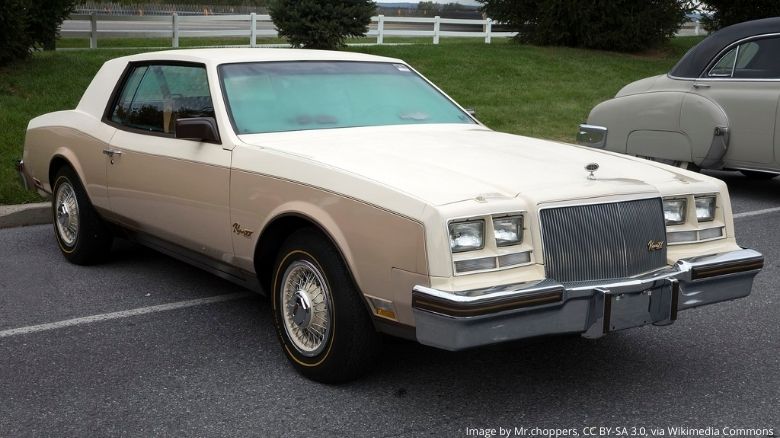
Along with the Cadillac Seville that we discussed earlier, the Buick Riviera is another car that performed well when crash tested by the NHTSA. Whilst the head-on collision video makes for scary viewing today, it still made the list of best performers.
The model tested was the sixth generation Riviera, which was produced between 1979 and 1985. It performed comparatively well in windshield retention in particular, and the passenger compartment stayed largely intact.
Volvo 850
Another Volvo makes the list. This time, the 850 that was produced between 1992 and 1997. As we headed towards a new millennium, automotive safety was becoming more and more important for the car-buying public.
Europe’s new car safety assessment program, Euro NCAP, was launched in 1996 and would soon become a safety yardstick for manufacturers across the continent and beyond. Whilst the 850 would just miss out on being tested in Europe, it didn’t prevent it becoming one of the safest cars around in the lead-up to Euro NCAP’s maiden tests.
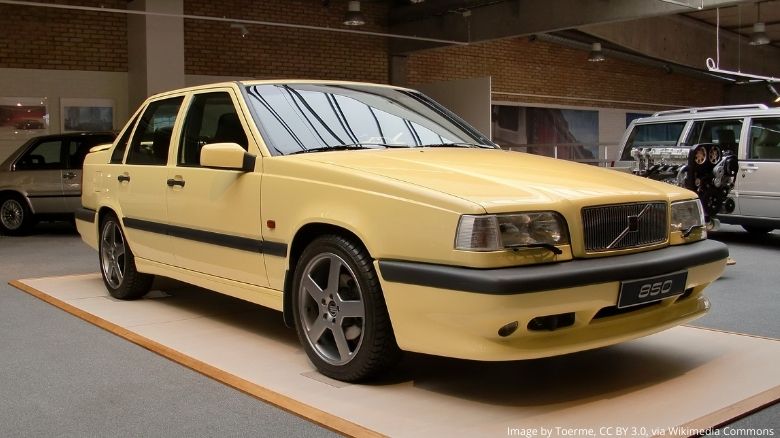
It did go through a number of other crash tests, however, including one performed by the IIHS in the USA. Its performance was rated as ‘good’, and the organization would later rank it as the fourth-safest vehicle on sale in the USA.
Manufacturers were now starting to look beyond head-on collision data and the 850 became the first mass-produced car to feature the revolutionary side-impact protection system (SIPS). It included energy-dispersing roof, floor and door pillars, and airbags fitted between the doors and seats to cushion the blow of a side-on crash.
It didn’t take long for the SIPS system to become standard on all Volvos, and it’s something we see in modern vehicles today, often in tandem with the newer ‘curtain’ airbags for protecting passengers’ heads during a side-impact crash.
Whilst none of the cars on this list can provide anywhere near the level of safety we expect in modern cars, Volvo have consistently proved over the last few decades that it’s an area they are dedicated to advancing in the interest of public safety.
The cars in this list were picked due to their safety record in comparison to competitors at the time, or revolutionary safety features that they introduced to the market. Driving an old car has loads of benefits, but if safety is a priority, it’s probably best to choose modern.
ABOUT THE AUTHOR
Adam Chinn writes about the intersecting worlds of classic cars, driving pleasure, and smart investment strategies. Starting his journey at 26, he’s proven that one doesn’t need to be wealthy to begin investing in classic cars.
Adam’s insights have been recognized on platforms such as MoneyInc, Swagger Magazine, and Top Speed.
Your journey to smarter car investments starts here.
The latest classic car data analysis, news, and expert articles delivered straight to your inbox.
- Take the guesswork out of classic car investing
- Get the tools and strategies you need to take action
- Learn the market inside-out
- Make informed decisions with confidence
Register now to see the best and worst performers, every month
You can unsubscribe at any time

